I couldn't find any real tools to do it.
But I have found a neat small set of scripts that'll do it.
Using this little bash loop to do the logging:
while true; do
ps -C <ProgramName> -o pid=,%mem=,vsz= >> /tmp/mem.log
gnuplot /tmp/show_mem.plt
sleep 1
done &
This will create a nice little log file of memory usage called /tmp/mem.log. Then it generates an image of the data with gnuplot using the following script (put this in /tmp/show_mem.plt):
set term png small size 800,600
set output "mem-graph.png"
set ylabel "VSZ"
set y2label "%MEM"
set ytics nomirror
set y2tics nomirror in
set yrange [0:*]
set y2range [0:*]
plot "/tmp/mem.log" using 3 with lines axes x1y1 title "VSZ", \
"/tmp/mem.log" using 2 with lines axes x1y2 title "%MEM"
Then opening the image with the default GNOME image viewer it keeps reloading the image when it changes. So if all the above loop is backgrounded it will appear that you have an amazing memory usage graphing tool running within an image viewer :)
The process I'm tracking right now looks like this:

It looks like I do have some memory issues :(
Much of this was ripped from http://brunogirin.blogspot.com.au/2010/09/memory-usage-graphs-with-ps-and-gnuplot.html, credit where it is due.




